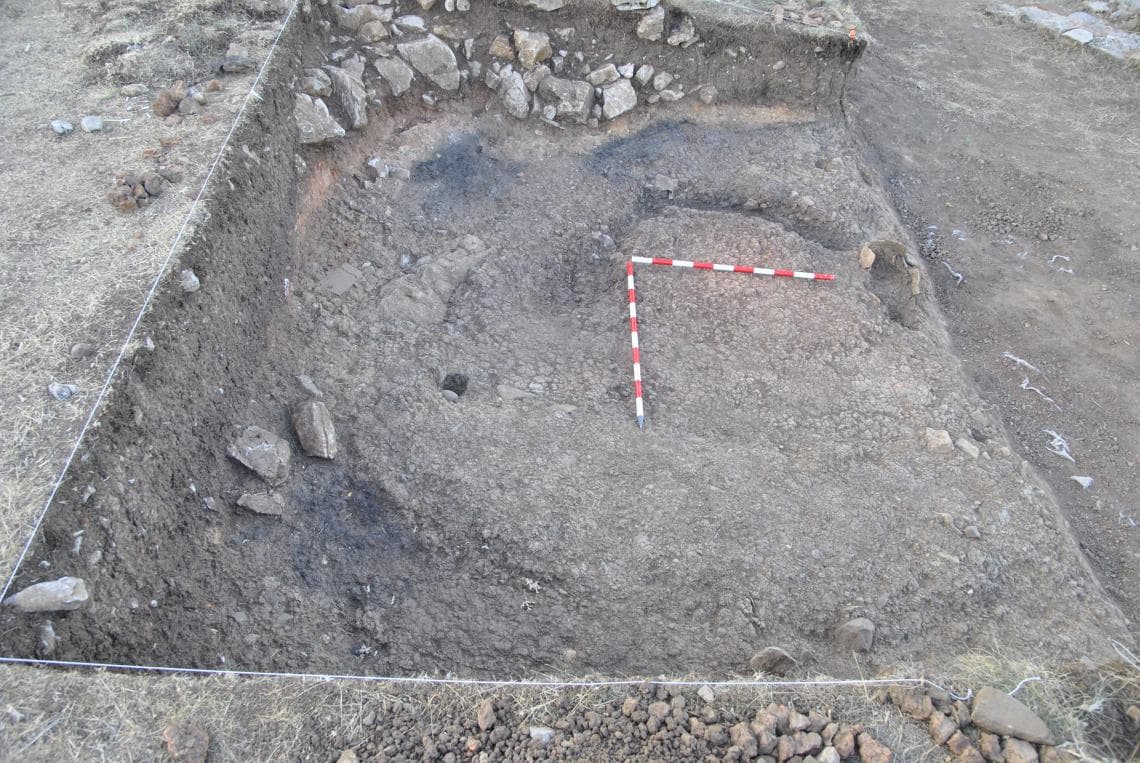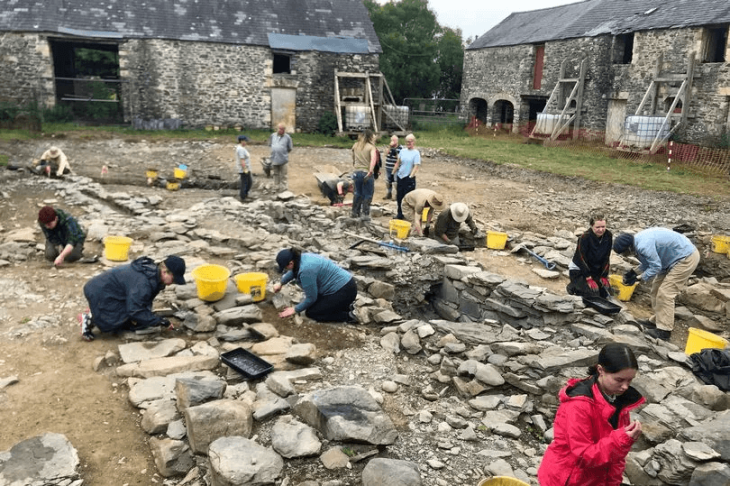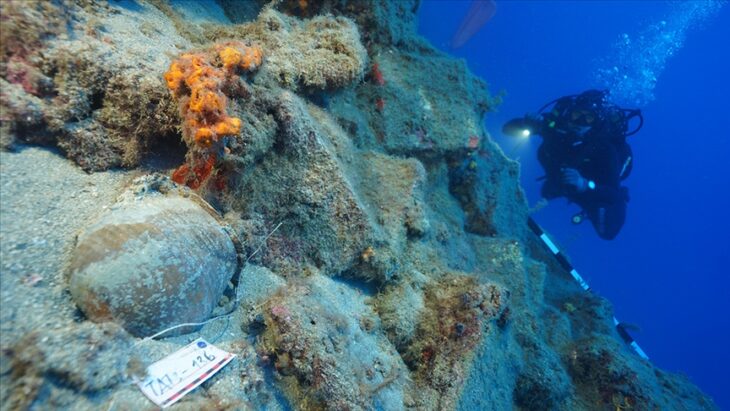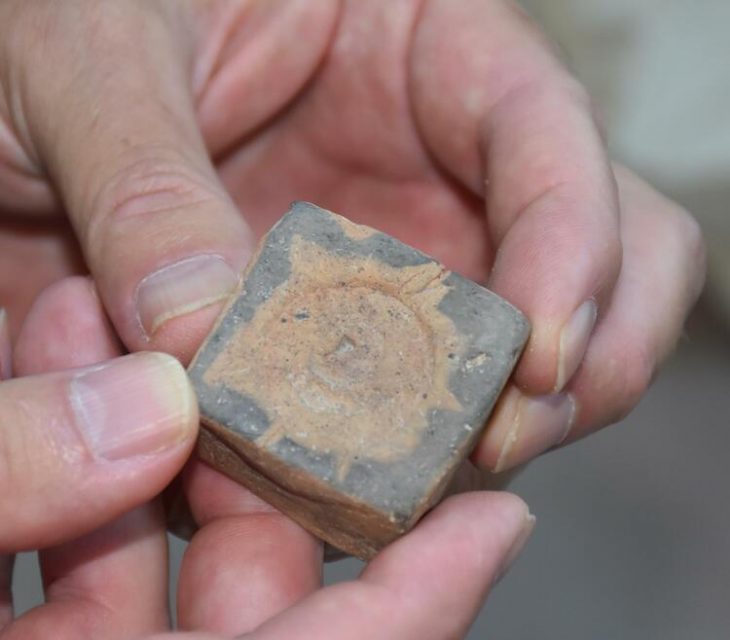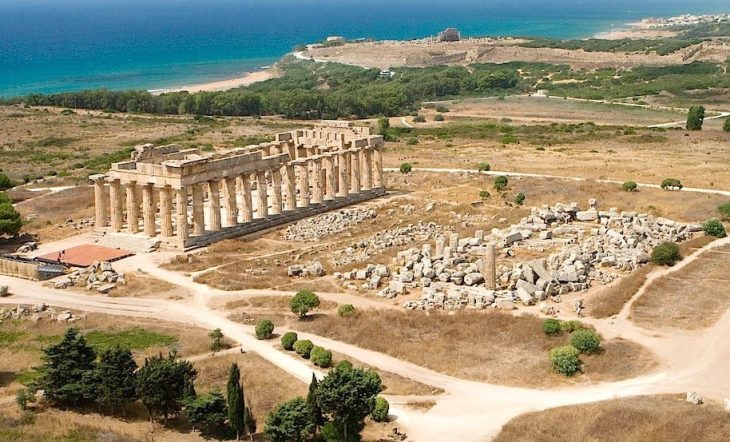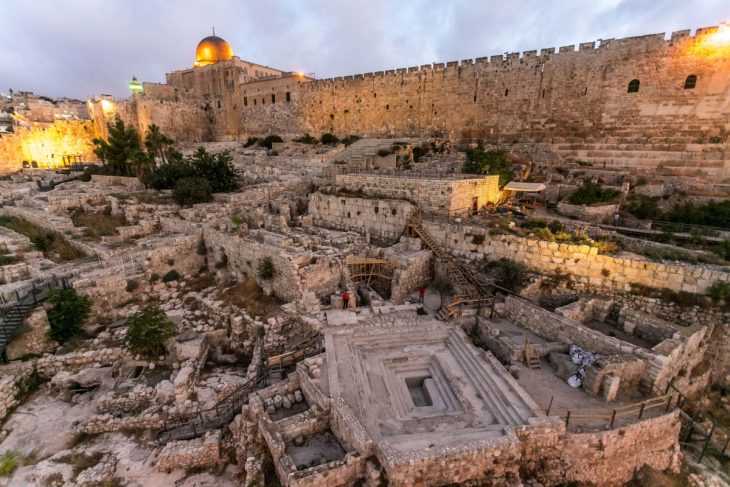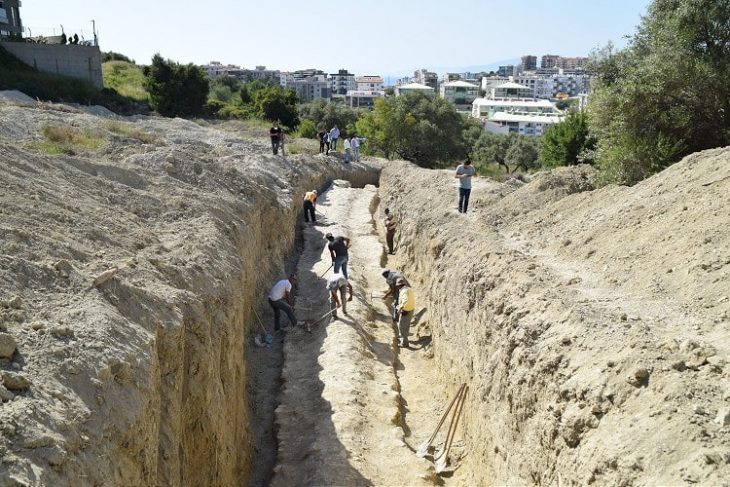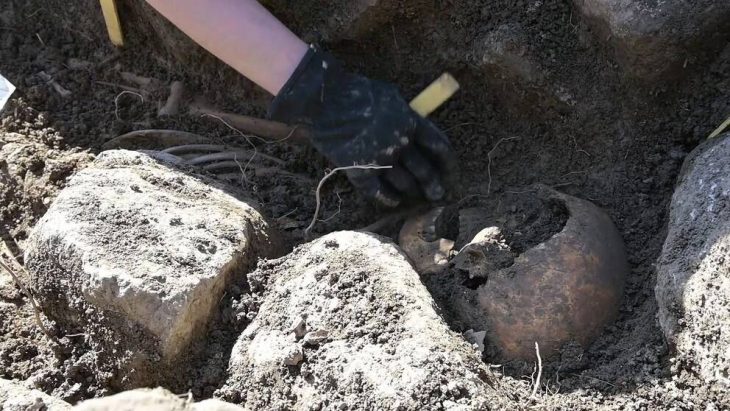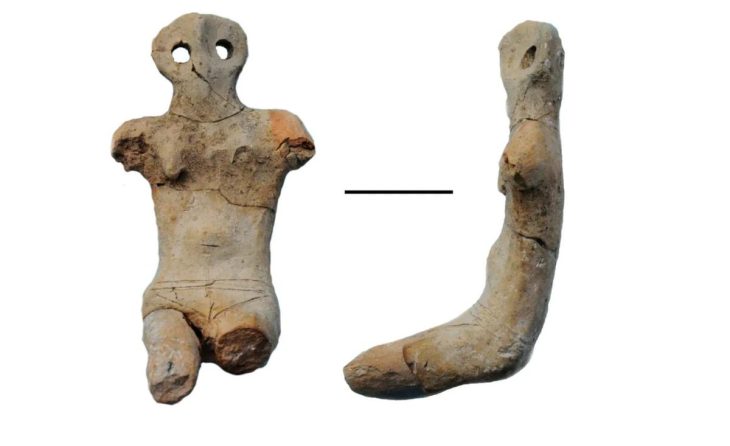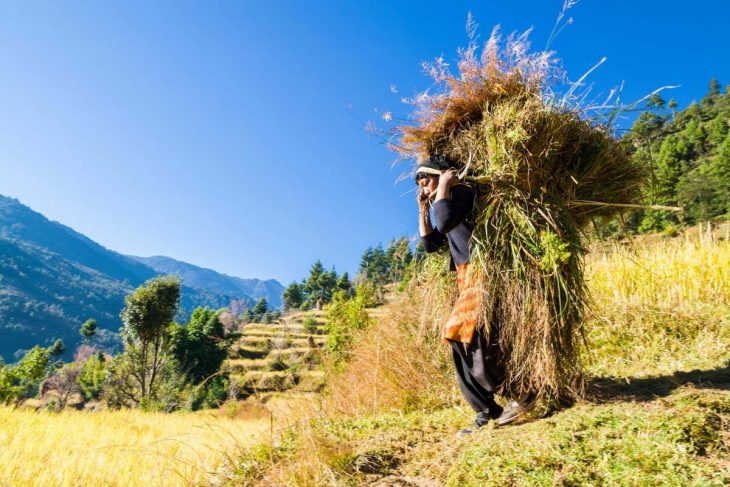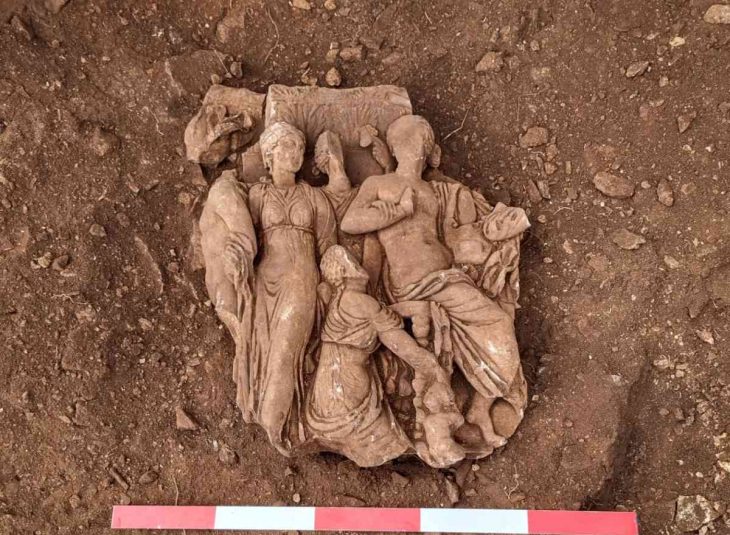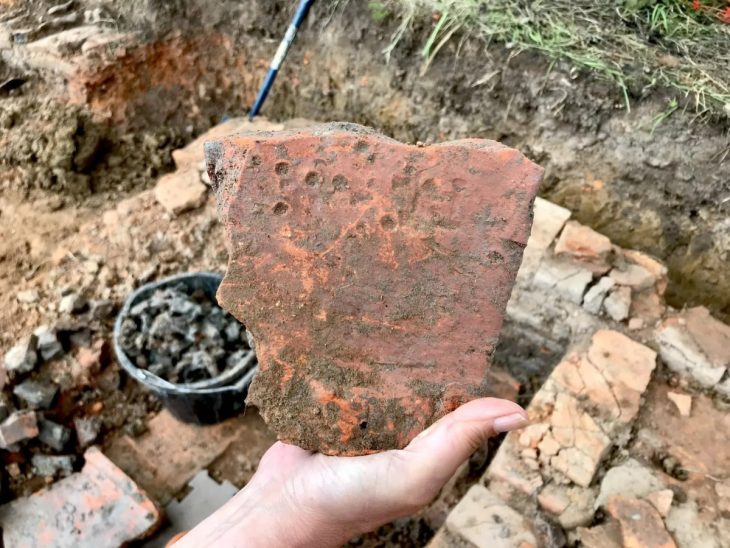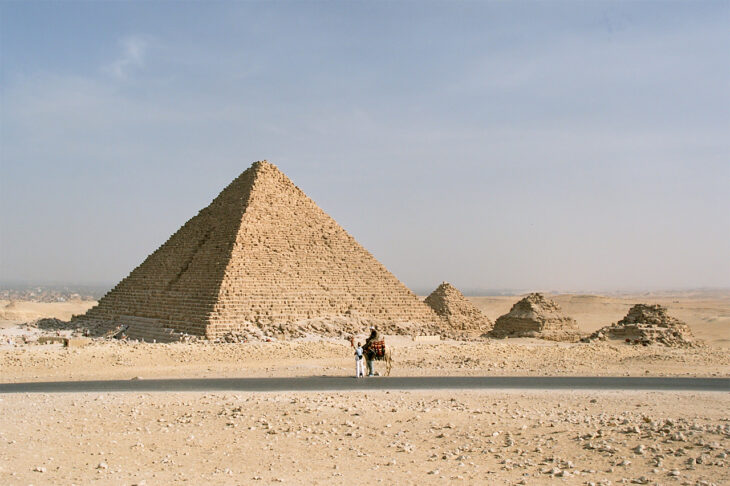La Ercina, León, Spain – Archaeological research at the La Peña del Castro site has unveiled an important discovery that could reshape our understanding of writing in the Iberian Peninsula. Researchers from the University of León have identified an inscription from the Celtiberian alphabet on a spindle whorl, a small object used in textile production, dating back to the 1st century BC.
This inscription is particularly noteworthy as it represents one of the earliest examples of alphabetic writing found in the province of León and the northern Iberian Peninsula. Historically, Iron Age cultures in this region were characterized by a notable absence of writing prior to the Roman conquest.
The spindle whorl’s location within the settlement and its material composition suggest it was produced on-site, supporting the hypothesis that a degree of literacy existed within this community. The ongoing excavations at La Peña del Castro, which began in 2013 and continued until 2019, have revealed various artifacts that reflect the settlement’s economic activities and social organization.
During the 2017 excavation campaign, archaeologists discovered a storage area containing items such as a basket of seeds, cured beef remains, and tools, alongside the inscribed spindle whorl. Detailed analysis has highlighted the significance of this find.
The engraved symbol may represent a property mark, a common practice among contemporary societies, particularly influenced by neighboring cultures like the Vaccean from the 2nd century BC. However, the unique context of the find suggests it may have also held symbolic or prestige value, indicating the owner’s status within the community.
📣 Our WhatsApp channel is now LIVE! Stay up-to-date with the latest news and updates, just click here to follow us on WhatsApp and never miss a thing!!
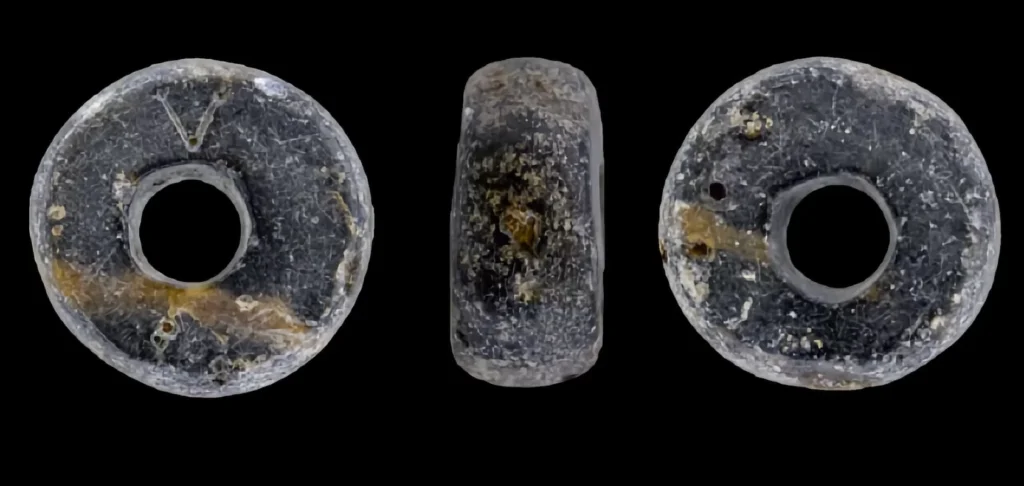
This discovery is part of a broader social transformation at La Peña del Castro during the Iron Age, marked by population growth, social differentiation, and economic complexity, including agricultural surpluses and increased trade. The presence of an alphabetic symbol indicates that certain community members likely possessed writing skills for practical or symbolic uses.
Made from locally sourced talc, the spindle whorl reinforces the idea of local production, suggesting that the inscription reflects the community’s own knowledge rather than external trade influences. This raises intriguing possibilities about the settlement’s writing traditions and cultural exchanges with neighboring societies.
The findings were recently published in the journal Paleohispánica, a leading reference in ancient Hispania’s languages and cultures. This research not only enhances our understanding of writing in northwest Iberia but also prompts new inquiries into the cultural and social dynamics of pre-Roman communities in the region.
The inscription at La Peña del Castro adds to the growing body of epigraphic evidence from Celtiberian culture, contributing to a more nuanced understanding of the expansion and utilization of writing in these ancient societies. Each new discovery enriches the narrative of pre-Roman peoples, revealing previously unknown aspects of their daily lives, social structures, and interactions with contemporary cultures.
DOI: 10.36707/palaeohispanica.v24i1.636
Cover Image Credit: The site of the find at the Peña del Castro site. Credit: Eduardo González Gómez de Agüero

